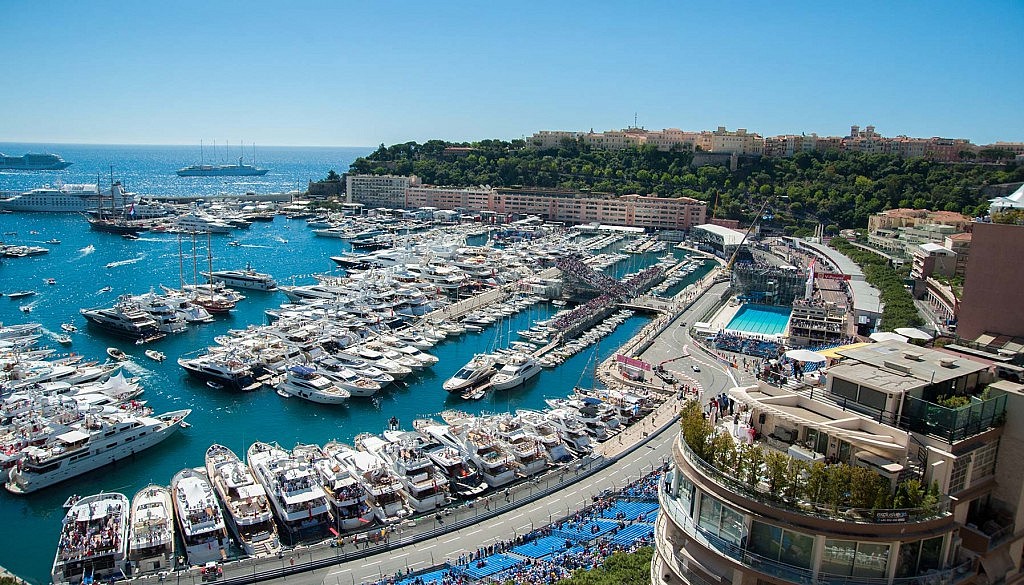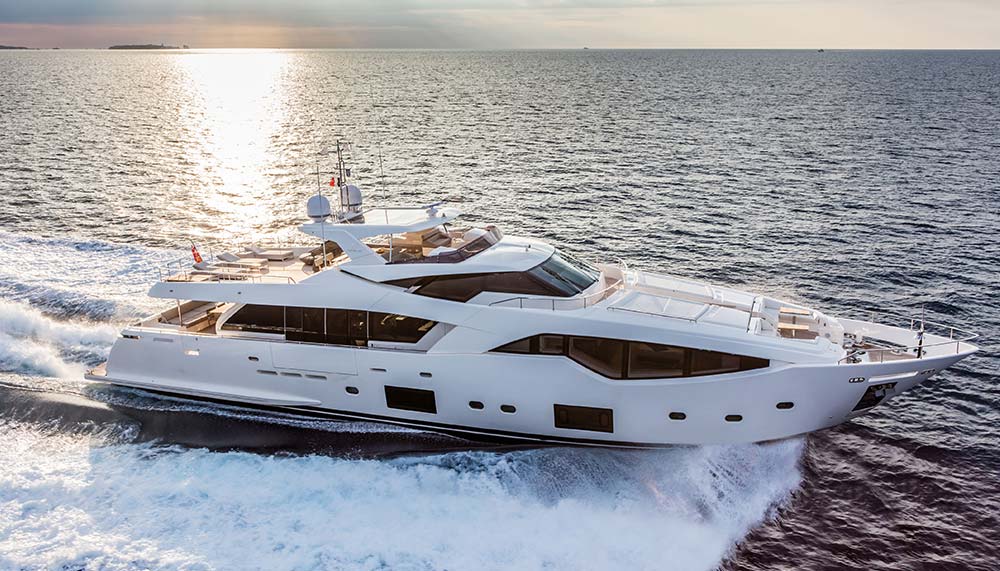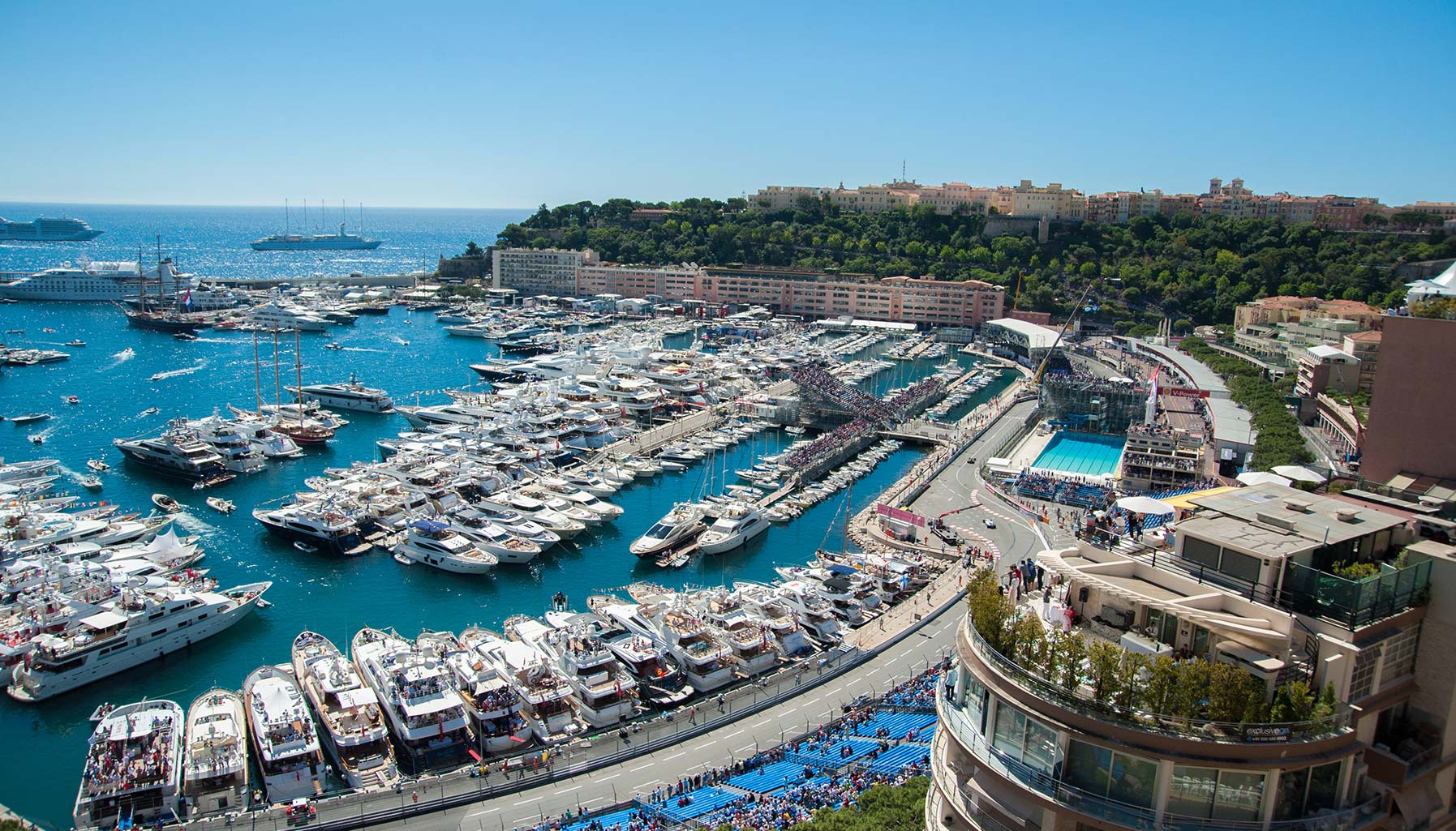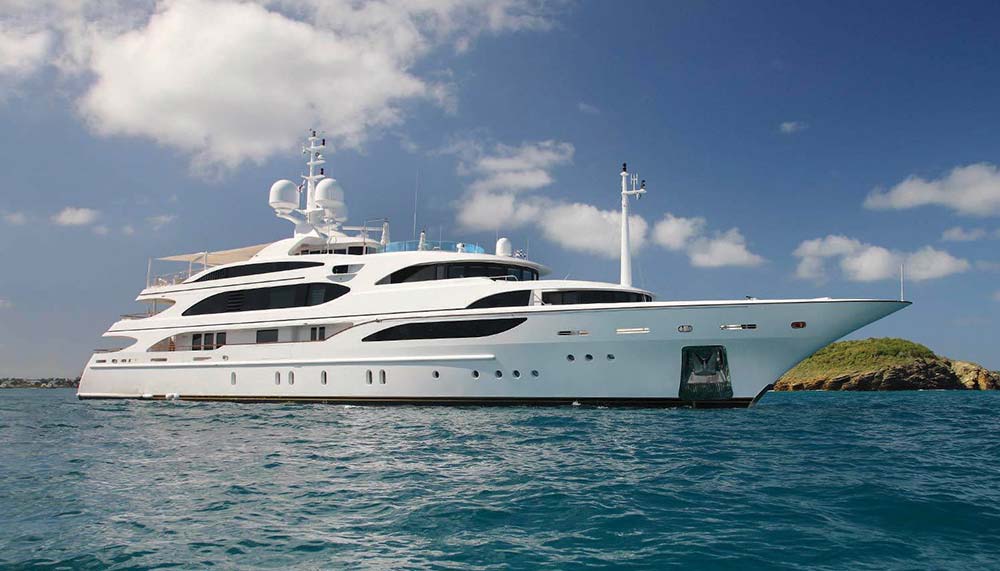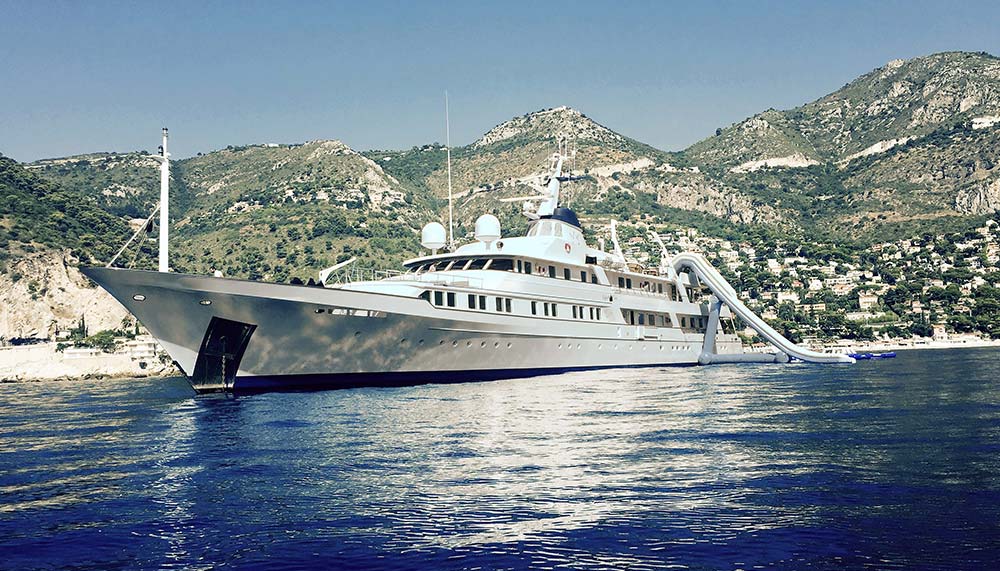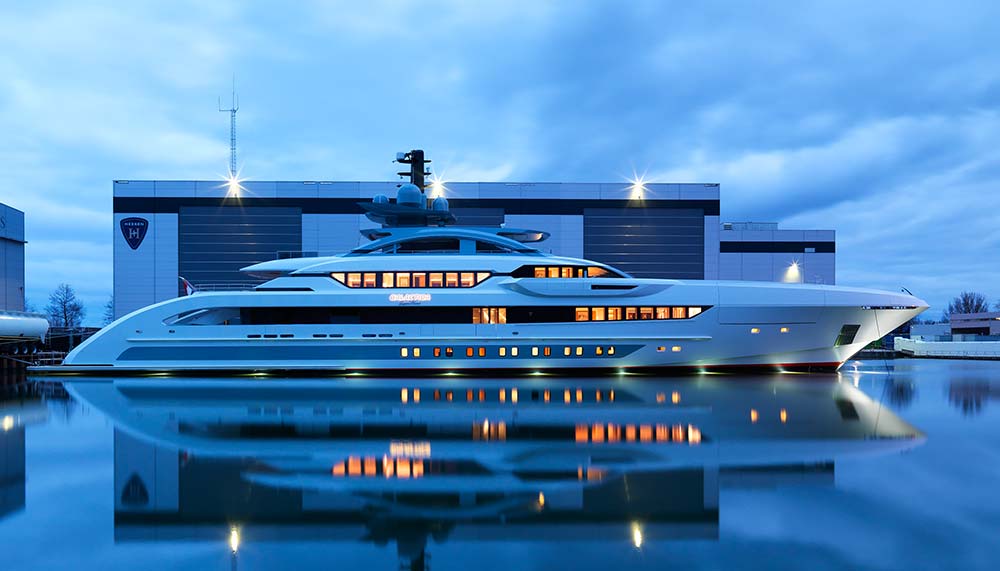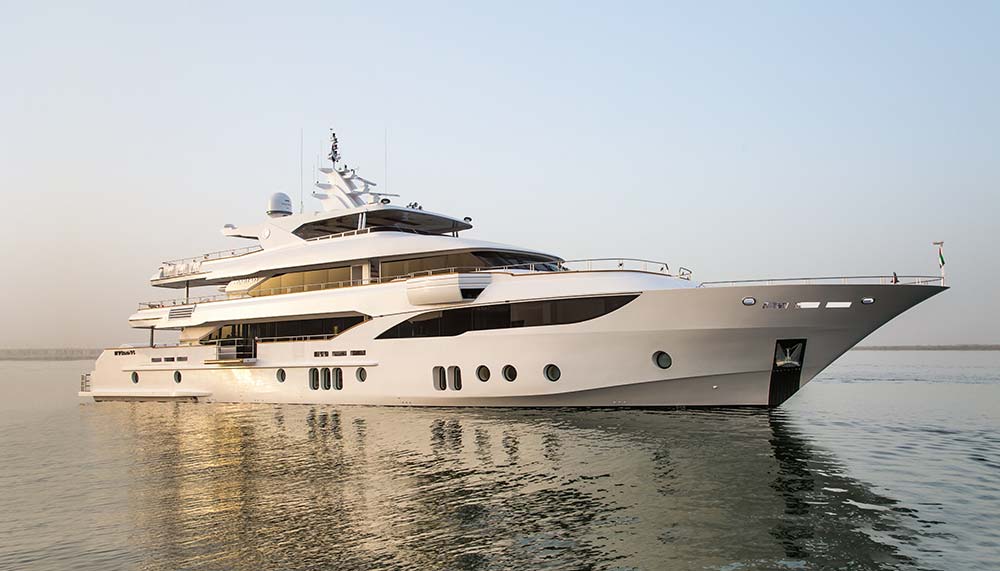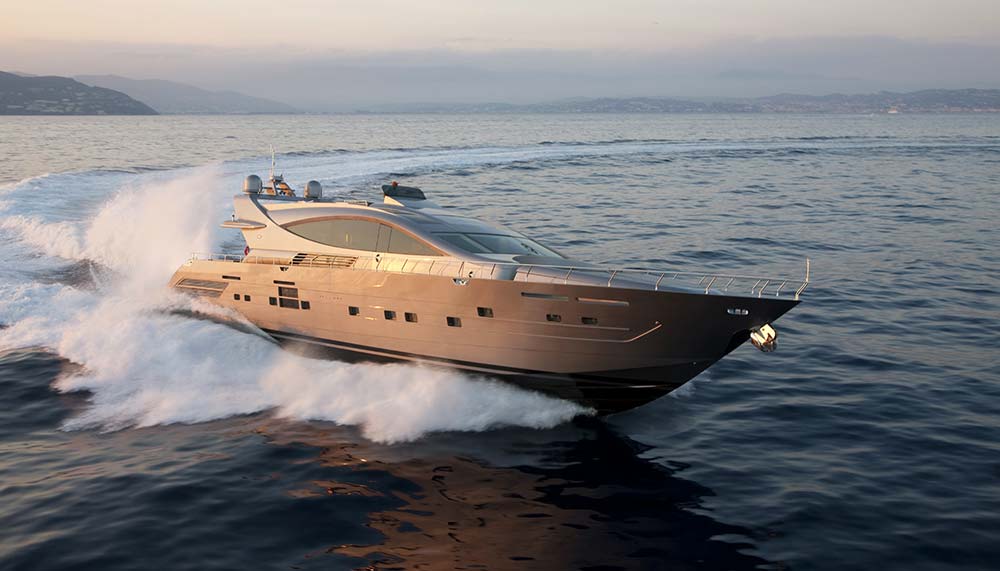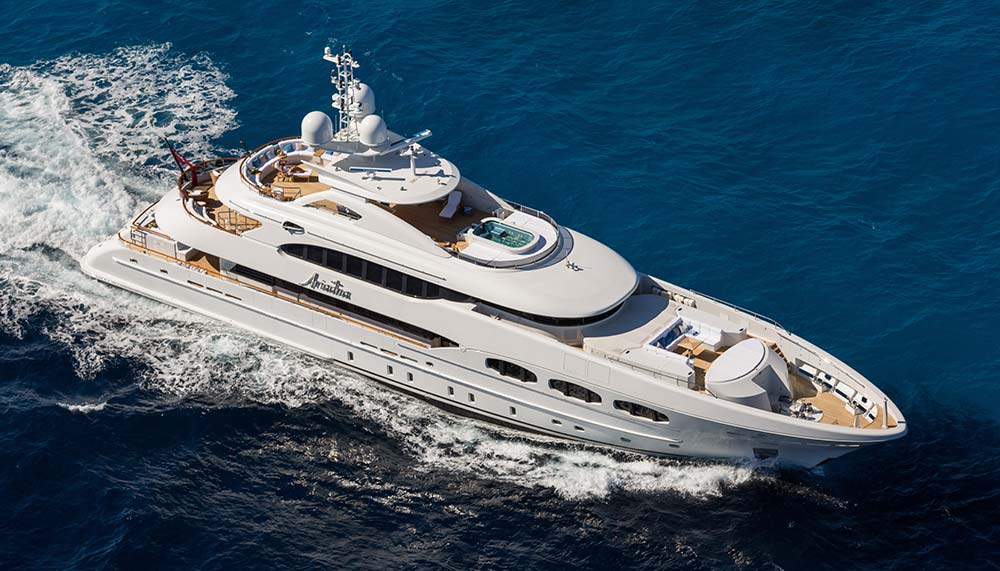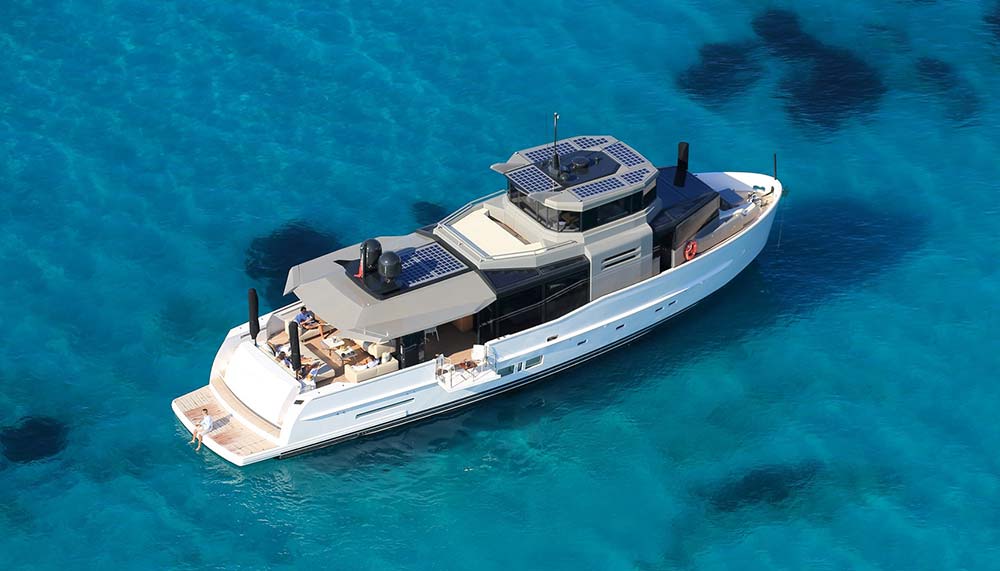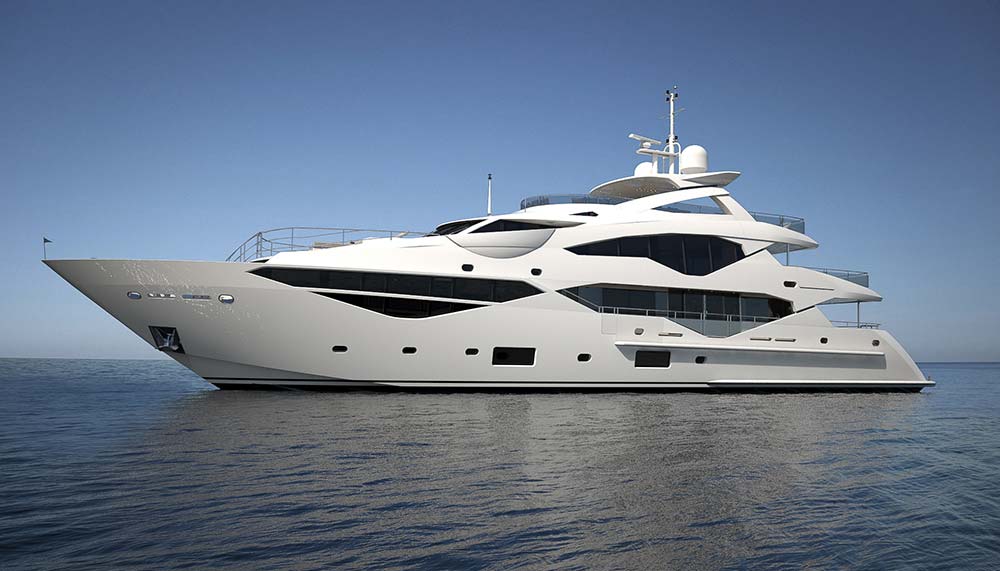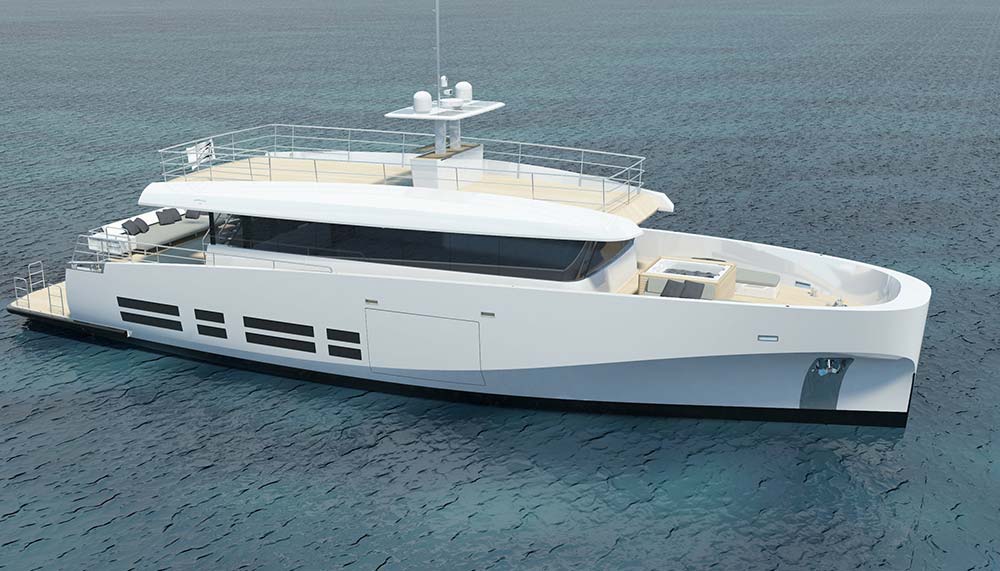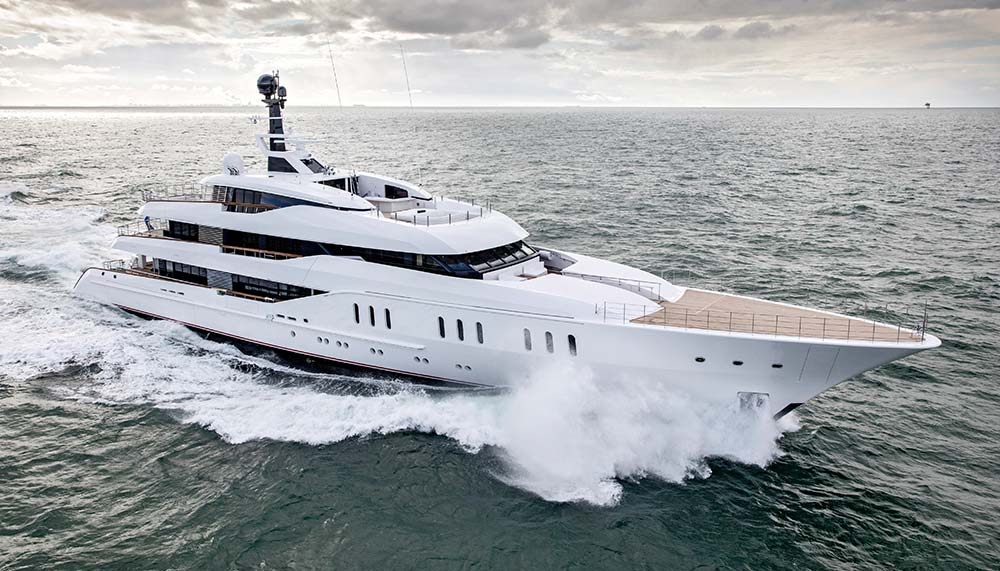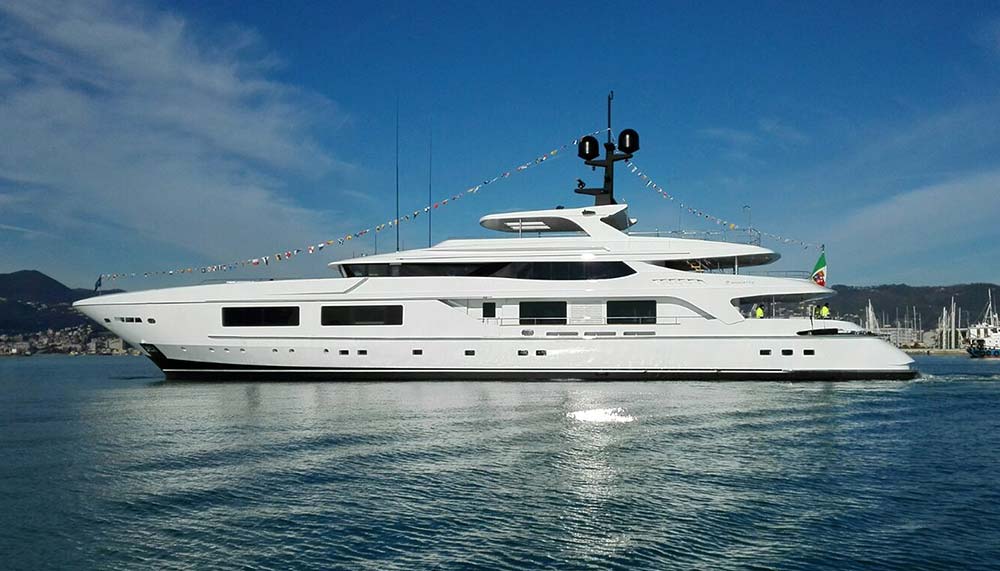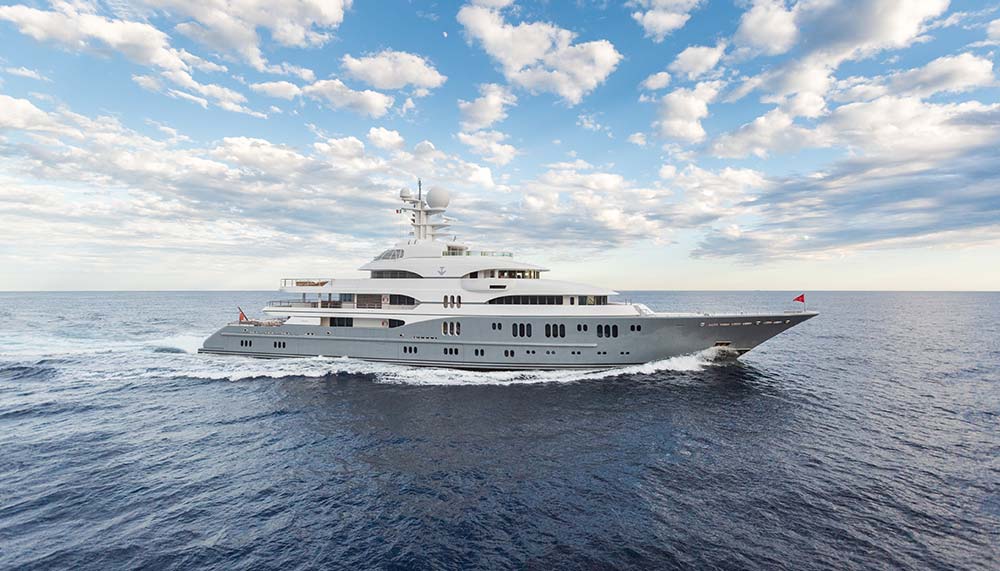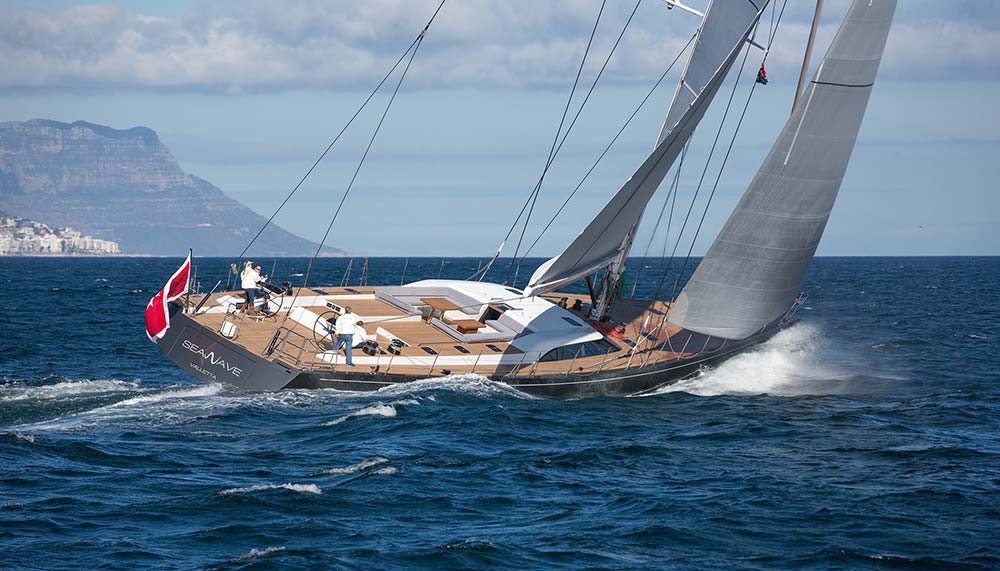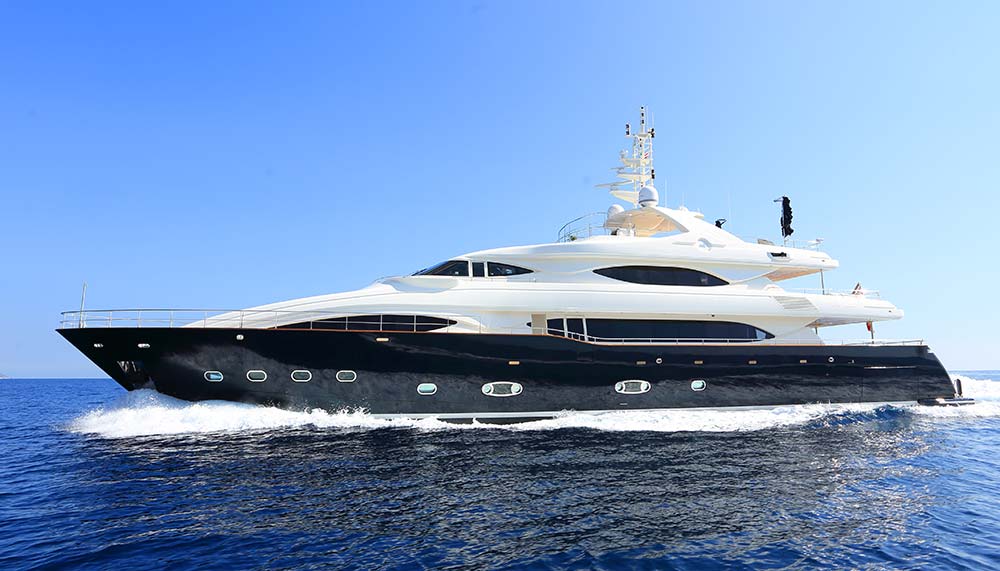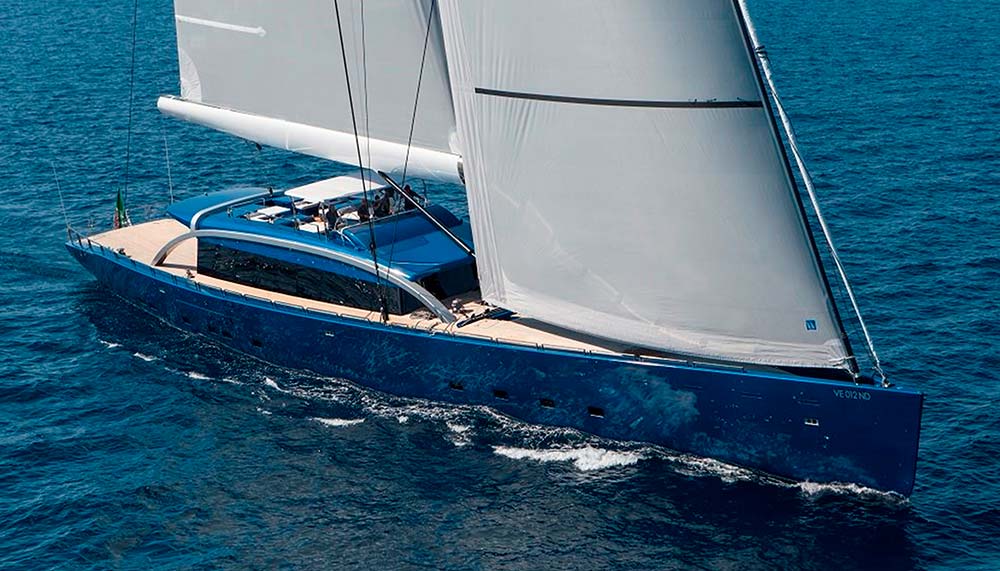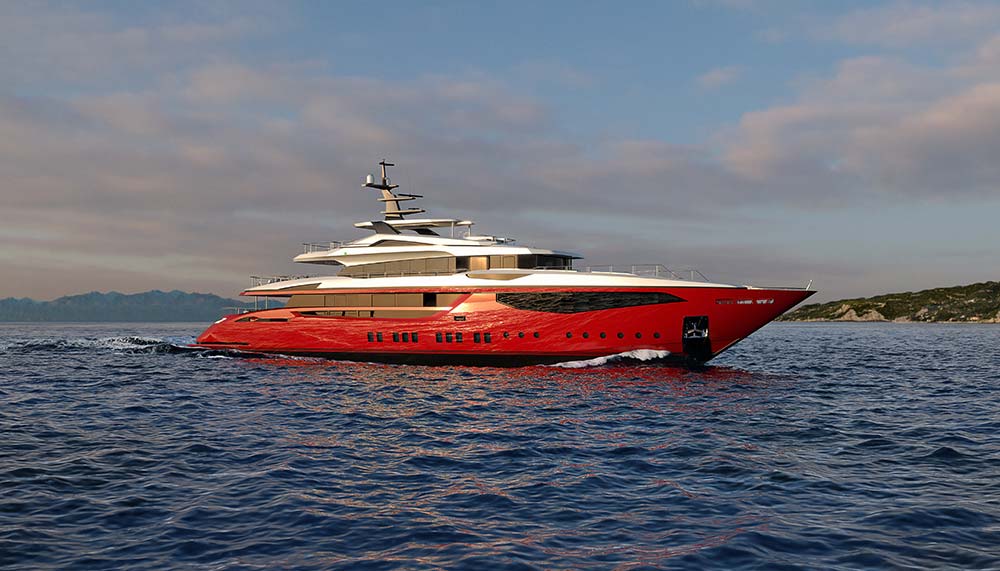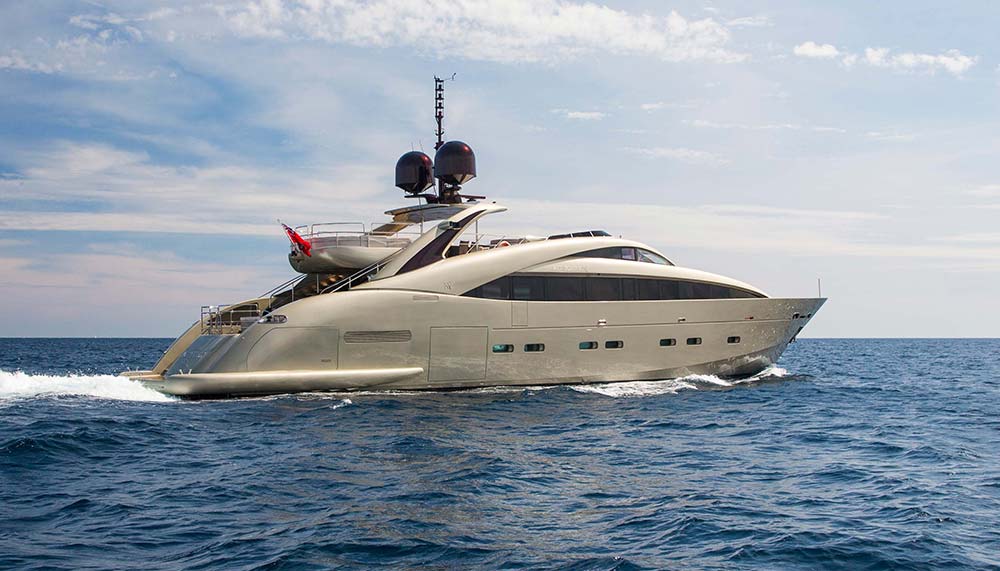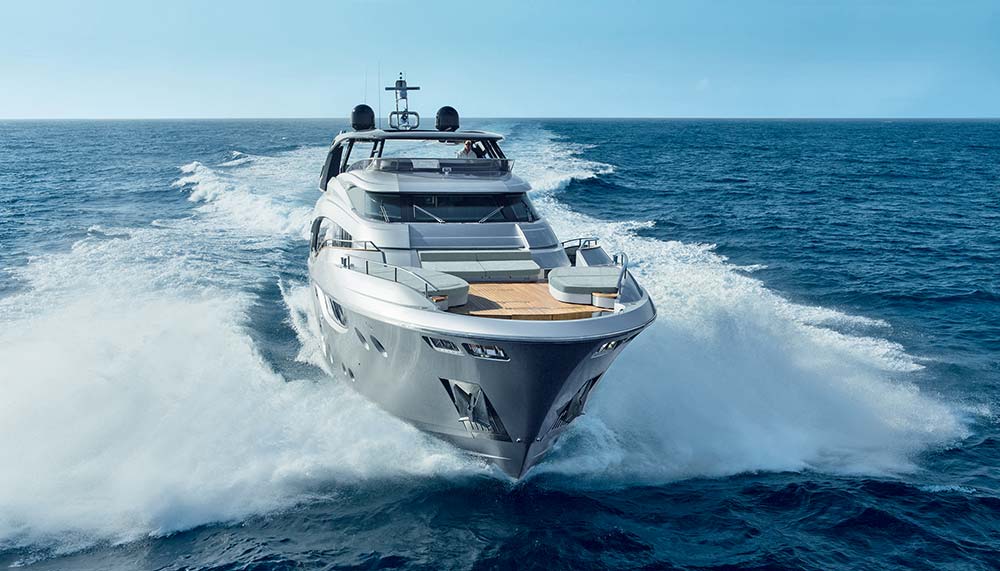New frontiers
On the surface, this year’s Monaco Yacht Show was no different to any other. The champagne was flowing, the sky was dotted with helicopters and private jets, and Port Hercules was jam-packed with US$2.7 billion worth of shiny superyachts, gleaming under the stifling Mediterranean sun.
Beyond all the glamour though, there were multi-million dollar deals to be done and this year’s event saw an almost imperceptible shift; instead of focusing on established markets, such as the US and Europe, forward-thinking folks had one eye on Asia, home to 26.1% of the world’s billionaires, and with any luck, the next big deal in superyachting.
The demand has been a long time coming and despite positive signs, it’s by no means speeding out of control yet. Cultural differences, lack of marina infrastructure and China’s crackdown on corruption (read: public displays of wealth) have all seen to that, but Jeremy Comport, a broker at Camper & Nicholsons thinks it’s a market worth listening to – and judging by word on the docks in Monaco, he’s not alone in thinking that way.
“Yes, the trend for yacht ownership in Asia is still in its infancy but with Asia having the fastest growing population and fastest increase in wealth worldwide, the trend for yachting and other luxury pastimes is inevitably catching up,” he said.
The industry consensus seems to be that while the first generation of Asian billionaires may have been too busy taking their businesses into the big time to even consider yacht ownership, their Western-educated offspring are far more likely to factor leisure time into their busy lives, and what better way to relax than on a superyacht?
Several boats have already been commissioned for Asian owners by some of the leading European shipyards; Italian yard Benetti already has 12 superyachts cruising in Asia with five more under construction. And Feadship’s Kamino, part of a fleet of three 34m-long boats built for a Hong Kong client and his chums also caused something of a stir at the show.
More companies were lining up in Monaco to offer up further inspiration. Claydon Reeves, a superyacht design agency unveiled Chuan, a superyacht concept aimed squarely at the Asian buyer. Mike Reeves, partner in the firm commented; “On the exterior there’s a small nod to Asian architecture in the way we’ve handed the radar supports which mirror a temple design.”
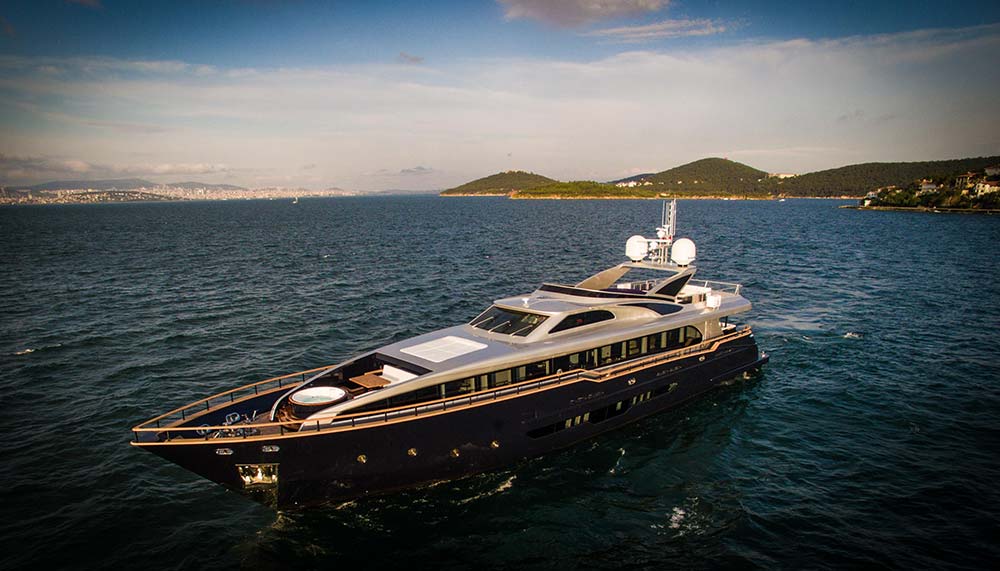 “Beyond that, the focus is on a huge internal entertaining space. My understanding of the usual usage of an Asian buyer is that they can’t spend long periods of time on board – they want to go out, have a jolly old time and come back, usually with large extended family groups.”
“Beyond that, the focus is on a huge internal entertaining space. My understanding of the usual usage of an Asian buyer is that they can’t spend long periods of time on board – they want to go out, have a jolly old time and come back, usually with large extended family groups.”
Despite this, Reeves is wary of stereotyping, preferring to work with clients on an individual basis. “There’s a real naivety that can creep in about ‘the Asian buyer’ and it doesn’t have to be that way. There are positive elements to take from Asian culture, architecture and design, but you don’t liberally apply them all to one boat.”
Assuming that buyers can commission the perfect superyacht, the next dilemma lies in where to keep it. Infrastructure is lagging behind the Med or even the Caribbean, bar a few hotspots like Singapore’s ONE Marina, especially in China where as Reeves comments, “it’s hard to know where to put glossy yachts that aren’t rubbing up next to industrial boats.”
Erik Fok’s Nansha Marina and a scattering of others break that mould, and yet, the ease with which a berth can be found there (or lack thereof) is telling. Most agree that the yachting hotspots are to be found elsewhere in Asia, many of which were represented at the Monaco show by Asia Pacific Superyachting. Thailand, where the government has loosened tiresome regulations, looks to be leading the pack, with Indonesia, Malaysia and Myanmar following close behind.
Mark Robba, who owns Dunia Baru, a superyacht based in Asia, thinks part of the region’s current appeal lies in the fact that it’s still relatively untapped. “Dunia Baru spends most of the year cruising the Indonesian archipelago, and there are many days when we don’t see any other boats at all. We spent some time cruising the Mergui archipelago in Myanmar earlier this year and the same was true there, but to an even greater degree. It was like a lost world – deserted islands, vast horizons with no other vessels, isolated beaches and remote coves. Completely stunning. We are returning there at the end of this year because we loved it so much and we have had several charter requests.”
Chartering is often seen as a stepping stone to ownership, so it was unsurprising to see yet more charter brokers at the show, offering up trips to the region for the months ahead. Whether those charters convert to sales would require a crystal ball, however.
In the meantime, Robba adds, “As the classic hotspots in the Caribbean and the Mediterranean get busier, and travellers start looking for more unique experiences, it is inevitable that Southeast Asia and its incredibly diverse cruising grounds are going to become even more popular.”
With that in mind, now sounds like the perfect time for the aforementioned 26 percent to find their sea legs.
